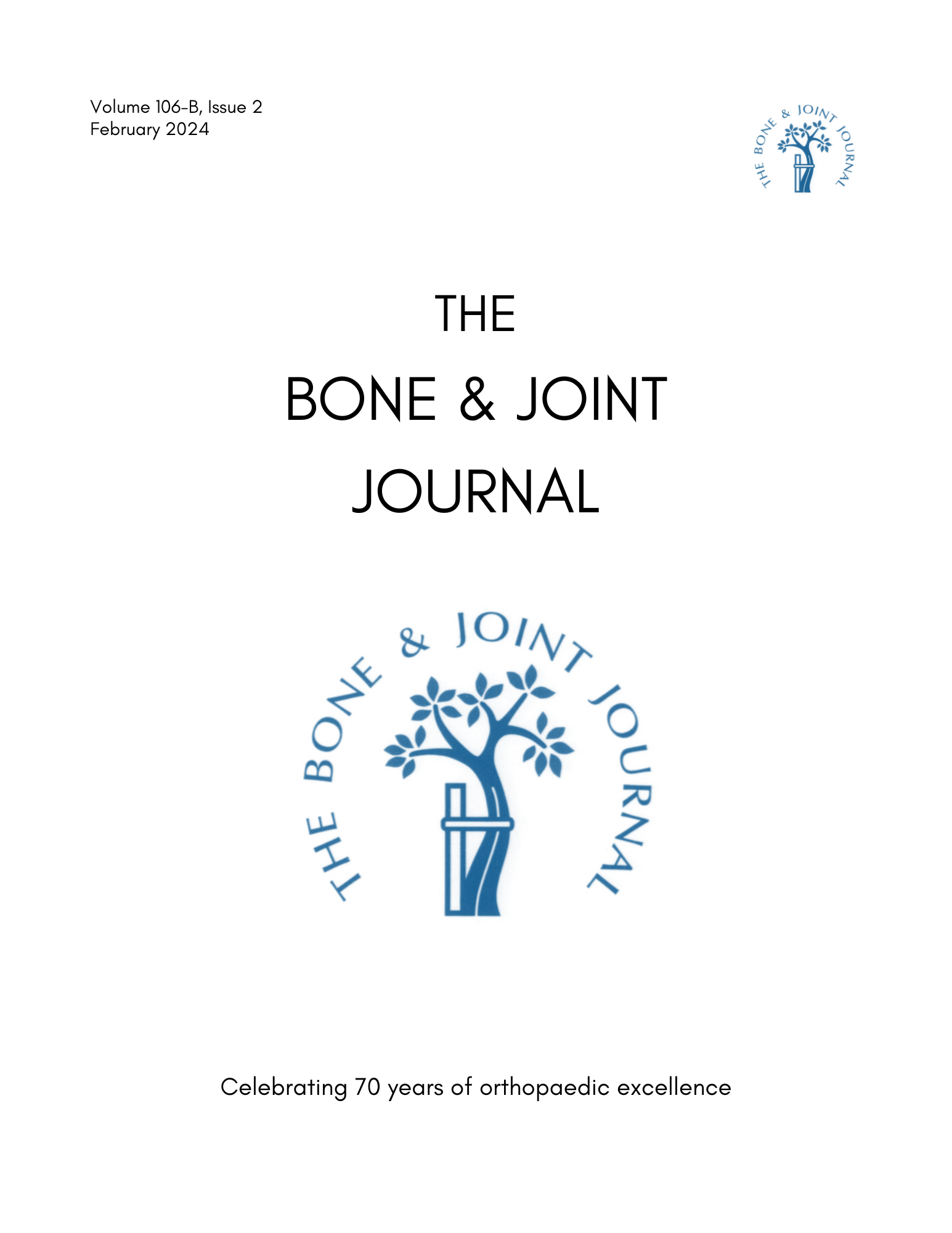
Navigated 'femur-first' vs conventional MIS THA for impingement-free range of motion

Navigated 'femur-first' vs conventional MIS THA for impingement-free range of motion
Impingement-free range of movement, acetabular component cover and early clinical results comparing 'femur-first' navigation and 'conventional' minimally invasive total hip arthroplasty: a randomised controlled trial
Bone Joint J. 2015 Jul;97-B(7):890-8Did you know you're eligible to earn 0.5 CME credits for reading this report? Click Here
Synopsis
135 patients scheduled for minimally invasive total hip arthroplasty (THA) were randomized to either a navigated 'femur first' technique or conventional technique. The purpose of this study was to evaluate and compare the proportion of patients displaying CT-based range of motion necessary for activities of daily life (ADL) without prosthetic-bone or prosthetic-prosthetic impingement. Clinical out...
To view the full content, login to your account,
or start your 30-day FREE Trial today.
FREE TRIAL
LOGIN
Forgot Password?
Explore some of our unlocked ACE Reports below!

Learn about our AI Driven
High Impact Search Feature
Our AI driven High Impact metric calculates the impact an article will have by considering both the publishing journal and the content of the article itself. Built using the latest advances in natural language processing, OE High Impact predicts an article’s future number of citations better than impact factor alone.
Continue



 LOGIN
LOGIN

Join the Conversation
Please Login or Join to leave comments.